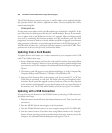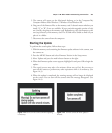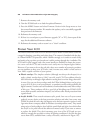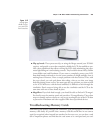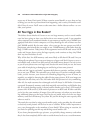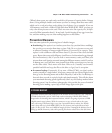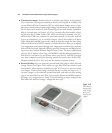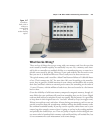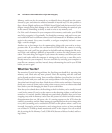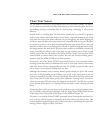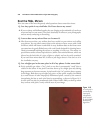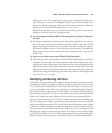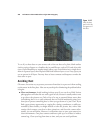
What Can Go Wrong?
There are lots of things that can go wrong with your memory card, but the ones that
aren’t caused by human stupidity are statistically very rare. Yes, a memory card’s inter-
nal bit bin or controller can suddenly fail due to a manufacturing error or some inex-
plicable event caused by old age. However, if your card works for the first week or two
that you own it, it should work forever. There’s really not a lot that can wear out.
The typical memory card is rated for a Mean Time Between Failures of 1,000,000 hours
of use. That’s constant use 24/7 for more than 100 years! According to the manufac-
turers, they are good for 10,000 insertions in your camera, and should be able to retain
their data (and that’s without an external power source) for something on the order of
11 years. Of course, with the millions of cards in use, there are bound to be a few lemons
here or there.
Given the reliability of solid-state memory compared to magnetic memory, though, it’s
more likely that your problems will stem from something that you do. Secure Digital
cards are small and easy to misplace if you’re not careful. For that reason, it’s a good idea
to keep them in their original cases or a “card safe” offered by Gepe (www.gepe.com),
Pelican (www.pelican.com), and others. Always placing your memory card in a case can
provide protection from the second-most common mishap that befalls memory cards:
the common household laundry. If you slip a card in a pocket, rather than a case or your
camera bag often enough, sooner or later it’s going to end up in the washing machine
and probably the clothes dryer, too. There are plenty of reports of relieved digital cam-
era owners who’ve laundered their memory cards and found they still worked fine, but
it’s not uncommon for such mistreatment to do some damage.
Chapter 14 ■ Nikon D7000: Troubleshooting and Prevention 473
Figure 14.7
A small net-
book, with or
without an
external hard
drive, is
another backup
option.




